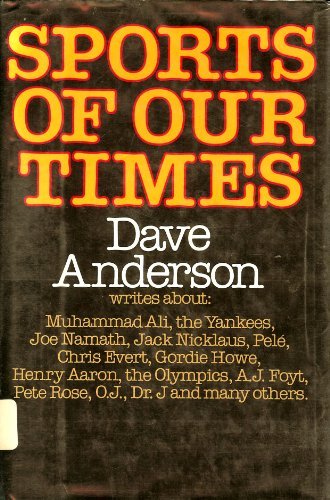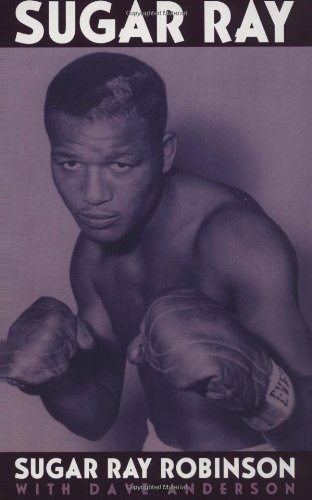We moved to the Bay Ridge section of Brooklyn–where the Verrazano-Narrows Bridge is now--in 1938 when I was 9. I was born in Troy, N.Y., where my grandfather was the publisher of the Troy Times and my father was the advertising director.
But the paper folded in 1936 and two years later we moved to Brooklyn when my father got a job selling advertising for the New York Sun. He would bring home the Sun, the Telegram and Brooklyn Eagle and I would spread out the papers and read the sports pages, not the comics. That’s how I became interested in newspapers.
I went to Our Lady of Angels grammar school in Brooklyn and Xavier High School in Manhattan. I worked for the school paper at Xavier and covered the basketball team my senior year.
Frank McGuire (later to coach North Carolina to an NCAA championship) was the coach. One of our games was at St. Cecilia (in New Jersey), whose coach was Vince Lombardi. Frank McGuire also taught me civics and he asked where I sat during the game. I told him at the scorer’s table and he said, “Well, watch that clock,” suggesting something or other could occur.
When I was growing up my heroes were sportswriters: Frank Graham, Jimmy Cannon, Red Smith, Arthur Daley, W.C. Heinz. I would buy the New York Times for Daley and then the Herald Tribune when Smith came to New York from the Philadelphia Record and became the columnist. Later on, when I’d bring the New York Post home, my mother would ask why I would bring such a newspaper (some New Yorkers felt The Post was pro-communist) into the house. I said, “mom, to read Jimmy Cannon.” I loved Cannon.
He had style. He was a wonderful writer, so interesting and colorful. He was a disciple of Damon Runyan, as Jimmy Breslin later became a disciple of Jimmy Cannon. Cannon could analyze someone’s personality better than anyone I knew. He pegged Howard Cosell before anyone, writing “if Howard Cosell was a sport, he’d be roller derby.”
Red Smith was the Ernest Hemmingway of sports writers. He wrote the smoothest and most beautiful pieces we ever saw.
Red Smith was the Ernest Hemmingway of sports writers. He wrote the smoothest and most beautiful pieces we ever saw. He also could tear you apart with a stiletto. He was not just a great sports writer; he was a great American writer in the class of Hemmingway and William Faulkner.
Frank Graham of the New York Journal-American was the most readable columnist I ever knew. He was on top of the news every day. One day he’d talk to a boxing manager, the next day he’d have you at the ball park. He was a perfect columnist, more of a reporter than writer, but readable. He was always working, writing what the readers wanted to read. Sometimes Red Smith wrote about fishing, which I didn’t care about. But Graham wrote the story of the day. He was always looking for the story. He was the guy Leo Durocher told “nice guys finish last.” How did he get that? By working and looking for the story.
Arthur Daley was an excellent sports columnist for The New York Times. He wasn’t as good as Red Smith. But he wrote six columns a week and they were excellent. (W.C.) Bill Heinz was the star of the New York Sun in the late 1940s. There was always a Bill Heinz piece in the paper, when he was a sportswriter and then a correspondent in World War II. When he came home from the war, he was a feature writer because the paper was using Grantland Rice as the sports columnist. But then Heinz wrote the column until the The Sun closed in 1950. That’s when he began writing for True Magazine and doing books. He was a wonderful writer.
The first thing kids do today is turn on the computer. I still have to turn the pages of a newspaper. I love newsstands. A lot of people now don’t know what a newsstand is. Sports was always important in our house. I remember how we were listening to a pro football game between the Brooklyn Dodgers and the New York Giants on Dec. 7, 1941 when we heard the bulletin that Pearl Harbor had been bombed. I remember what my father said: “This means war.”
I was a player-coach on my CYO basketball team in high school and also played some baseball. But I knew I was not going to be a professional basketball player. When I was 13, it was 1942 and I remember going to Sunday doubleheaders at Ebbets Field in Brooklyn. For me, Yankee Stadium in the Bronx was like an arctic expedition. My mother would pack me a big brown bag of baloney sandwiches and you could get into the park for 55 cents. I followed the Dodgers, but I was more a baseball fan than a Dodgers fan.
I went to a lot of games as a kid; you didn’t need much money. I saw the first Knicks game ever in 1946 at the old Madison Square Garden where college basketball was a much bigger deal than the pros. I remember seeing George Mikan playing for DePaul against the great Bob Kurland of Oklahoma A&M in 1945 at the Garden. I also went to track meets. No one had a car. What did you need a car for when you had the subway?
I was at Jackie Robinson’s first game (1947) that integrated Major League Baseball. I had a standing-room ticket at Ebbets Field and I remember looking out and there was Jackie Robinson. I knew it was important, but it wasn’t a big story in the papers. Barely a mention. The big story of the day was the suspension (for associating with gamblers) of Dodgers manager Leo Durocher. Seeing [Jackie] Robinson that day was very exciting.
I knew being a sportswriter was what I wanted to do. I just hoped I’d be lucky enough to do it.
Seeing [Jackie] Robinson that day was very exciting.
I knew being a sportswriter was what I wanted to do. I just hoped I’d be lucky enough to do it.
My summers were spent at my grandmother’s house near Albany, working for my uncle Al in the produce department of the Grand Union. Cleaning out the rotten onions in bins convinced me I didn’t want to do that.
In 1945, when I was 16, I got a summer job as a messenger at the New York Sun. I would go to the department stores and pick up advertising copy and bring it back to the office. I ran the play-by-play copy during ball games to the composing room. I also was in charge of the supply and mail rooms and one day I received in the mail Bill Heinz’s typewriter from Europe where he was covering the war. To me, that was something special.
I went to Holy Cross in 1947 and headed right to the newspaper office. I asked if I could be on the paper. They said yes. I was the sports editor my last two years there.
Bob Cousy, who became a big star with the Boston Celtics, was on the team and I covered him for two years. He was the best basketball player I’d ever seen and the team was great, one of the best in the country, No. 1 his junior year (1950) for three months. He was a year ahead of me in school. I’m still proud of being the first writer to call him “Cooz” in the paper. The Boston papers spelled his nickname “Cous.”
To show how luck plays a role in your life, after I graduated from Holy Cross in 1951 with a degree in English literature, I was hired as a clerk by the Brooklyn Eagle, which bought the Daily Racing Form's teletype machine. That opened up a position for a clerk and I was hired. A year later, the sports editor, Lou Niss, had me covering some New York (baseball) Giants and Yankees games.
In May, 1953 the Dodgers’ beat writer, Harold C. Burr, broke his hip and all of a sudden I’m covering the Dodgers. I’m 24 and going up against Dick Young (Daily News), Roscoe McGowen (Times), Gus Steiger (Daily Mirror), Bill Roeder (Telegram), Michael Gaven (Journal-American), Sid Freidlander (Post) and Jack Lang (Long Island Press).
I was learning the business in self defense. I kept my mouth shut and listened. I did the Dodgers’ beat through 1954 and was packed for spring training in 1955 when the Eagle went on strike. Six weeks later they closed the paper.
Newsday called and asked me to come to Long Island for an interview. As I was leaving to go for the interview, the Journal-American called and asked me to come over. That’s where I went—to be the sports columnist for the paper’s Brooklyn edition.
In September, a member of the New York sports staff, Stan Saplin, left to work at New York University and I started working on the general sports desk and covering the Dodgers, the Rangers, tennis and the New York (football) Giants. In 1964 the sports editor, Max Kase, put me on boxing.
Just watching Dick Young taught me the business. He came up with a story every day. Young was the only one of the reporters working for a morning newspaper who regularly went to the clubhouse after a game. The others just wrote what they saw. On the road, Young sat by the pool and worked on stories during the day of night games. I played golf. Growing up, guys like Young, Cannon, Smith and Heinz were more important to me than Joe DiMaggio. They weren’t just great sportswriters, they were great writers. Craftsmen.
The big difference today is the writing. Too many sports columnists today are actors. They have to be on radio and television, so something has to suffer. Back then, the writing was what counted. Sports columnists were special and that doesn’t exist anymore. The nicest thing anyone ever said to me was, "you taught me to read.” Sports is a different world now.
Sports columnists today are not writers anymore, they’re actors. They have to be on radio and television, so something has to suffer.
We were decades away from ESPN and talk radio. The newspapers were everything. You had to buy the paper to know what was going on. Vinnie from Queens did not exist. Columnists were special, they had more freedom to write and share their opinions. But the writing counted most. It was the golden era of columnists. People read you and cared what you were writing and how you wrote. What greater accomplishment could you achieve as a journalist? I did it for 56 years and loved it. I still love it.
In April, 1966 the Journal-American was to merge with the World Telegram and Herald Tribune to form the World-Journal Tribune. It would survive less than a year, after starting publication in September. I took a severance package from the Journal-American before that merger and a week later was hired as a general assignment sports writer by The New York Times.
I covered pro football, basketball and boxing. I did everything, including a number of Muhammad Ali fights. In 1968, I became the Jets beat writer--the season they won the Super Bowl with Joe Namath. A friend at Random House asked me before the Super Bowl if the Jets won, and only if they won, would I like to do a book? I said sure, which is how I got write “Countdown to Super Bowl.”
By November, 1971, Robert Lipsyte left his job as a columnist for The Times to write a book and was replaced by Red Smith and me. We joined Arthur Daley (who died in 1974) in writing “Sports of the Times.” After Arthur died, they made George Vecsey a columnist. My first column was off the Ali-Buster Mathis fight. And I’ve been writing columns ever since.
I just wanted to write what people wanted to read about: big events, big issues, big names. There were more events and names in those days than issues. Red loved to zing Bowie Kuhn, so I stayed away from Kuhn. Daley was a sweet guy from another era. But through the years there was no pettiness or jealousy among the columnists. In January, 1982, I’d just come back from San Francisco covering “The Catch” in the Joe Montana-Dwight Clark NFC title game and I knew Red wasn’t well.
I offered to go to the Henry Aaron Hall of Fame announcement, because I knew Red Smith didn't feel well. And the trip into New York from his Connecticut home would a problem. He didn't go. I did. He died a few days before the announcement.
I never had a problem with my sports editors. Max Kase of the Journal-American and Jim Roach of The Times were my favorites. Once, in 2003, I had a column killed. It was my view that Tiger Woods did not have to get involved in Martha Burke’s efforts to get Augusta National to admit women to its membership. I wrote “let Tiger play golf; he has no moral obligation to say anything.”
Cover of Dave Anderson's book, "Sports of Our Times."
I didn’t know my colleague Harvey Araton had taken the same position a day earlier and the paper had also killed his column. My sports editor, Neil Amdur, told me he didn’t think my column would fly and it didn’t. Martha Burke was (Times editor) Howell Raines’ pet issue. But I had no problem with the column not running. The paper was entitled to make that decision. The next week the Daily News called me and I told them what happened. The Times was embarrassed the story got out, but the following Sunday printed both mine and Harvey’s columns on the editorial page.
There was a situation a number of years back when someone leaked a false story that Don King had given me a set of golf clubs. I had played a round of golf in Las Vegas with another sportswriter, Tom Callahan, against King and his associate Bob Goodman. We called it a match between truth and justice against evil and corruption. When I was asked about the golf clubs, I told my editors they could look at my clubs. I’ve had them for 10 years.
I learned about winning the Pulitzer Prize when, the day after the Masters, I drove up to Greenville, S.C. to play golf with my friend and another sportswriter, Dan Foster. When I pulled into the parking lot at the course, Foster was waiting to tell me to call my office. No newspaper writer likes to hear those words “call your office.” I called my sports editor, Joe Vecchione, who told me they had me on a 2 o’clock plane for New York and to be in (executive editor) Abe Rosenthal’s office at 5. I said “tell me, Joe, why?”
Finally he said, “You just won the Pulitzer Prize for distinguished commentary.”
I thought to myself “the same category Russell Baker won.” Not bad.
The biggest event I covered in my career was the 1980 semifinal Olympic hockey game in Lake Placid, N.Y., when the U.S. upset the Soviets, 4-3. The lead-up to the game was very big because the U.S. and Soviets were rivals and the Soviets were the best hockey team in the world. They were sensational. The American team was made up of college players.
Thirteen days before the Olympics, the Soviets beat the Americans, 10-3, in an exhibition game in Madison Square Garden. But somehow the Americans won that game in Lake Placid. The reason it was so big was that everyone in the nation cared. It was like the Giants’ Bobby Thomson’s home run in 1951 that beat the Dodgers for the National League pennant.
Years later, when one of the Soviet players, Viacheslav Fetisov, was playing for the New Jersey Devils, I asked him what he thought when his coach, Victor Tikhonov, benched the great goalie, Vladslav Tretiak in the middle of the game? Fetisov told me he couldn’t believe it; he never could believe it.
Cover of Dave Anderson's book on Sugar Ray Robinson.
A number of people don’t remember the Americans still had to beat Finland two days later to win the gold medal, which they did.
The most exciting athlete I’ve covered was Muhammad Ali. He was terrific, but he could be cruel in the ring, as he was with Floyd Patterson and Ernie Terrell, and outside the ring, as he was with his wife. As a newsmaker, he was always a story. Several days before one of his fights, I went to see him in his hotel. There was a line outside his room, like people waiting to see the Pope. Usually Ali gave you a monologue. This day I did a Q&A and he was great.
I did Sugar Ray Robinson’s autobiography in 1969 after I’d gone to Pittsfield, Mass., five years earlier for one of his last fights to write “The Last Day of Sugar Ray” for True Magazine. Ray was terrific, once you got him on tape. But he’d get tired after about an hour. I told him, “Ray, you went 15 rounds with Jake LaMotta and you can’t go an hour with a tape recorder?” He made $50,000 from the book and I got $10,000. But he wouldn’t promote the book unless they paid him extra. “I can’t do that,” he said.
The Dodgers’ I covered in the early 1950s spoiled me. Sometimes I’d be the only guy in the clubhouse, sitting on a trunk, talking to Jackie Robinson, with Pee Wee Reese in his rocking chair and Duke Snider and Gil Hodges all there, just talking. That was as good as it gets.
Sometimes I’d be the only guy in the clubhouse, sitting on a trunk, talking to Jackie Robinson, with Pee Wee Reese in his rocking chair and Duke Snider and Gil Hodges all there, just talking. That was as good as it gets.
The biggest thing from the 1958 NFL championship game in which the Colts beat the Giants in overtime was Lamar Hunt watching and thinking “more cities deserve this” and coming up with the idea of the American Football League.
I liked Joe Namath, too, because as big as he was, he never lied to me. The season after he won the Super Bowl, I was at practice one day and could see his passes were floating. I asked him if he was all right and he told me, “No, I have a sore arm.” Of course, I wrote it. The next day, the Jets coach, Weeb Ewbank, was angry and asked me how I could write that? “Weeb,” I said, “Joe told me.” And Weeb says, “Yes, his arm was sore; but he doesn’t have a sore arm per se.”
I was in Peekskill, N.Y. the first day Namath reported to Jets training camp as a rookie. He showed up with Bill Heinz, who was doing a magazine piece on Joe. I was more excited to see Heinz. After dinner, Joe wanted to go into downtown Peekskill to look around. We ran into veterans Matt Snell and Emerson Boozer and Joe asked them, “What’s going on around here?” They told him “Nothing, that’s why they have you here.”
Even now, when I’m writing, I wake up on a Sunday and still get excited if I’m in the paper.
There are lots of stories about traveling with the teams in the old days. In 1956, I’m working for the Journal-American covering the Rangers and we’re in Montreal for the start of the NHL playoffs. The five of us working for afternoon papers had to take the team train back to New York that night and we arranged for a Western Union telegrapher to catch our stories packaged together when the train slows at Rouse’s Point (N.Y.) on the border. It’s in the middle of the night, it’s snowing and I’m standing between cars in the dark and toss the package of stories to him and hope somehow he teletypes the copy and it all gets in the newspapers. We arrive at Grand Central Station in the morning and pick up the paper.
There was the story. It was exciting. Even now, when I’m writing, I wake up on a Sunday and still get excited if I’m in the paper.
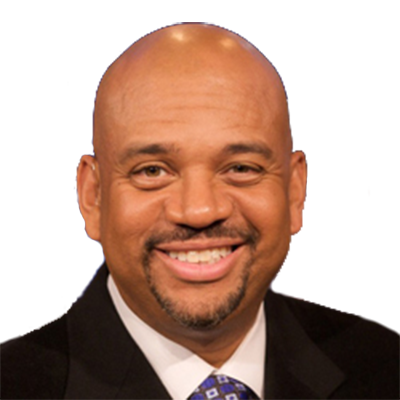 Michael Wilbon
Michael Wilbon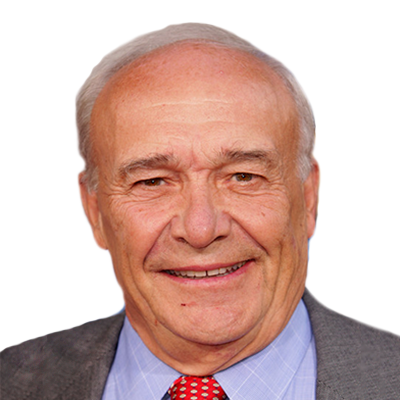 Bill Nack
Bill Nack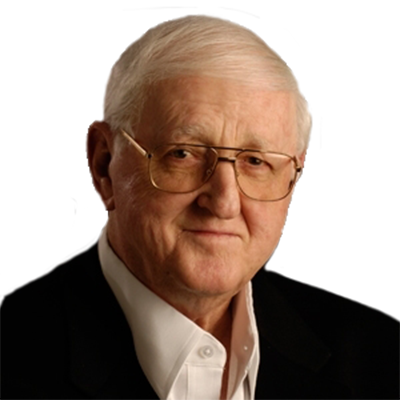 Dan Jenkins
Dan Jenkins Sally Jenkins
Sally Jenkins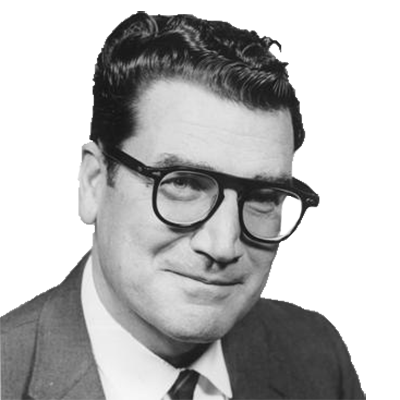 Jim Murray
Jim Murray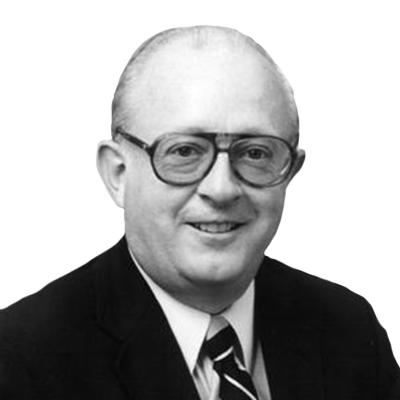 Dave Anderson
Dave Anderson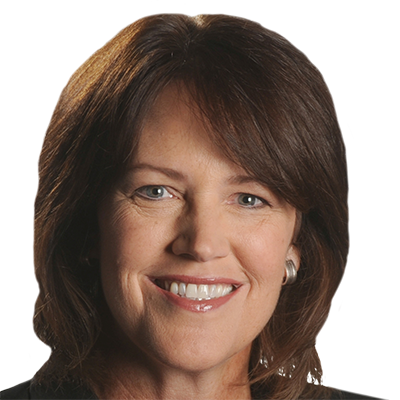 Christine Brennan
Christine Brennan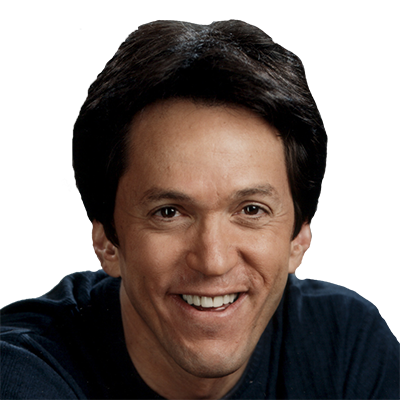 Mitch Albom
Mitch Albom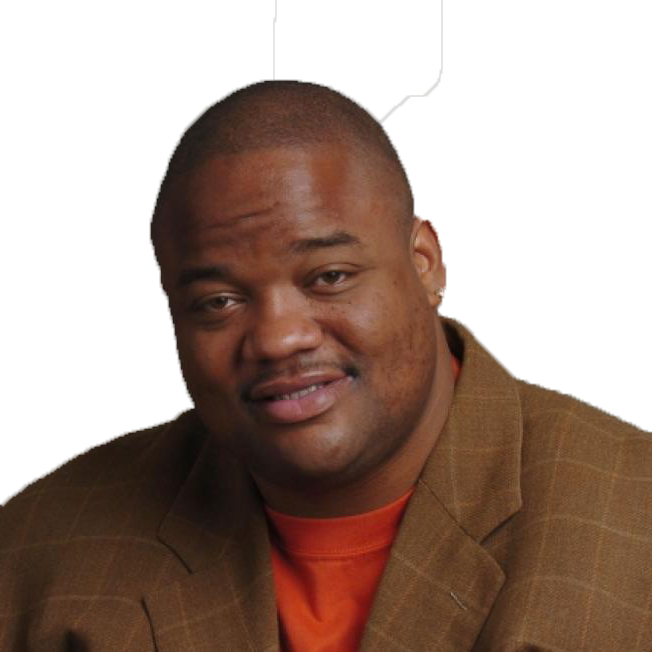 Jason Whitlock
Jason Whitlock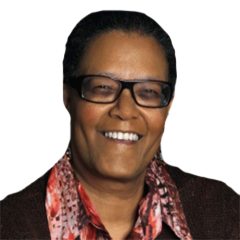 Claire Smith
Claire Smith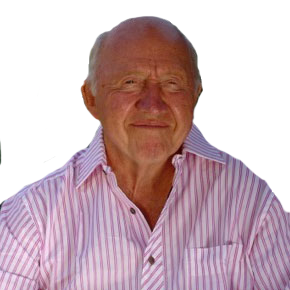 Bud Collins
Bud Collins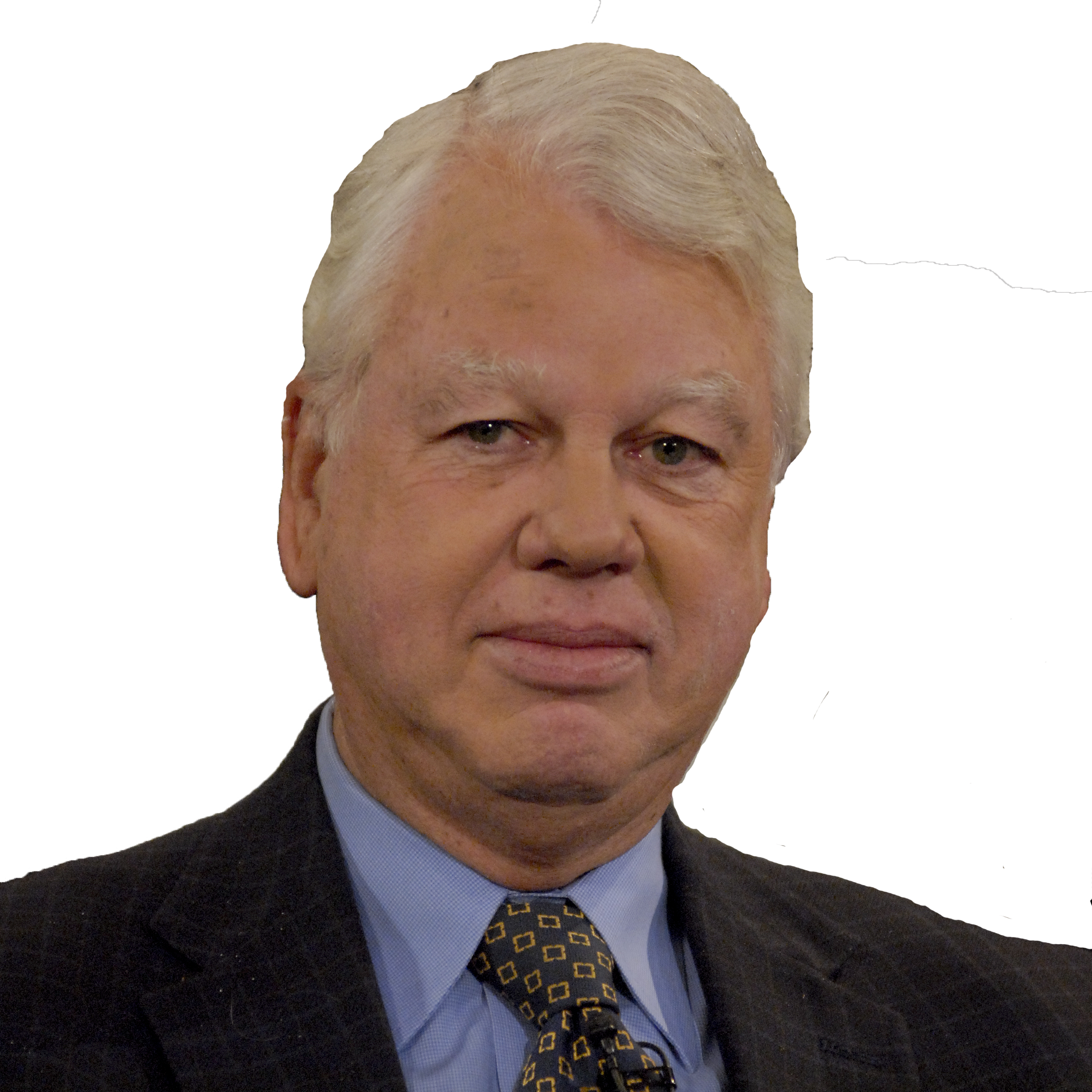 Bob Ryan
Bob Ryan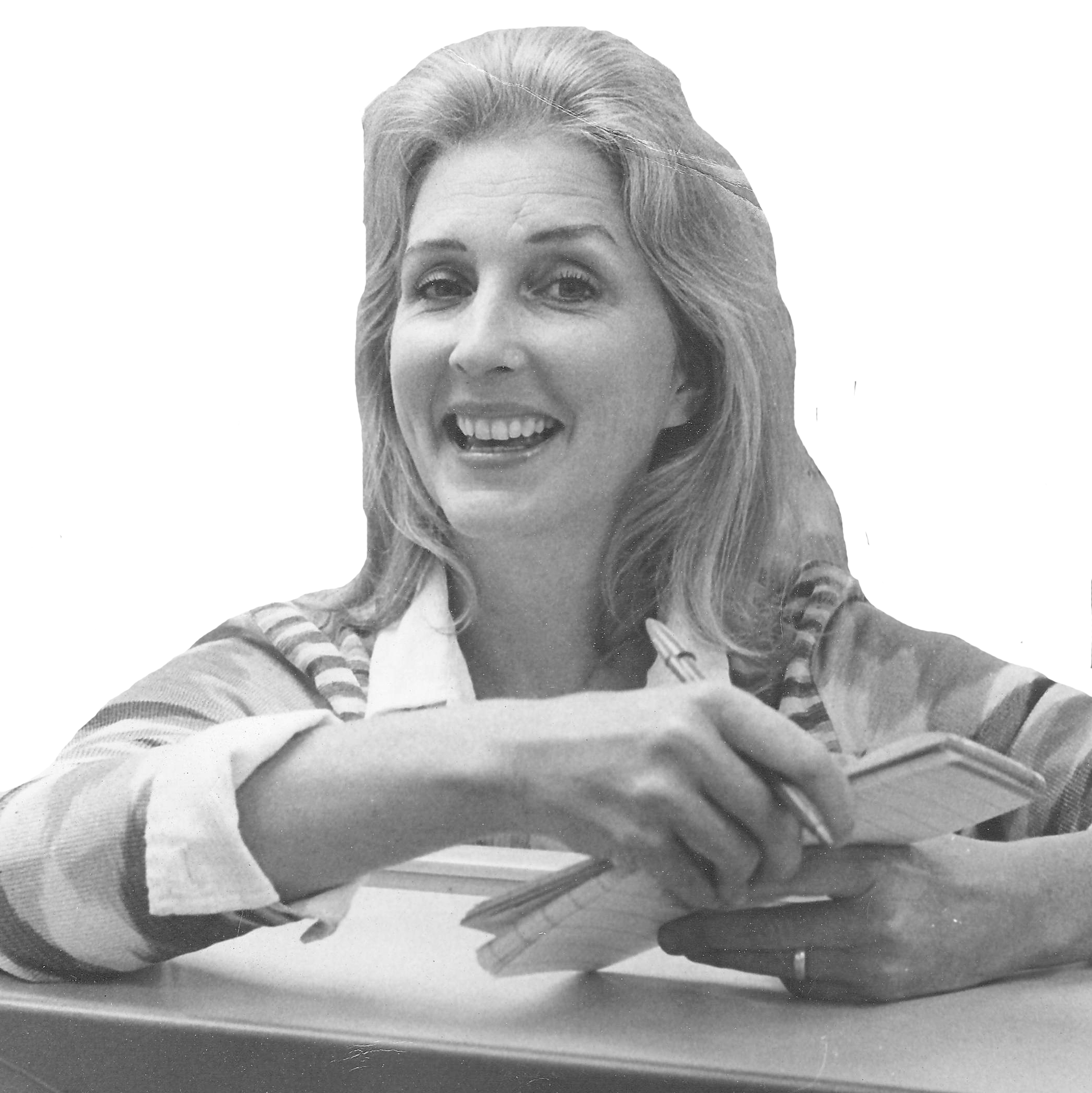 Joan Ryan
Joan Ryan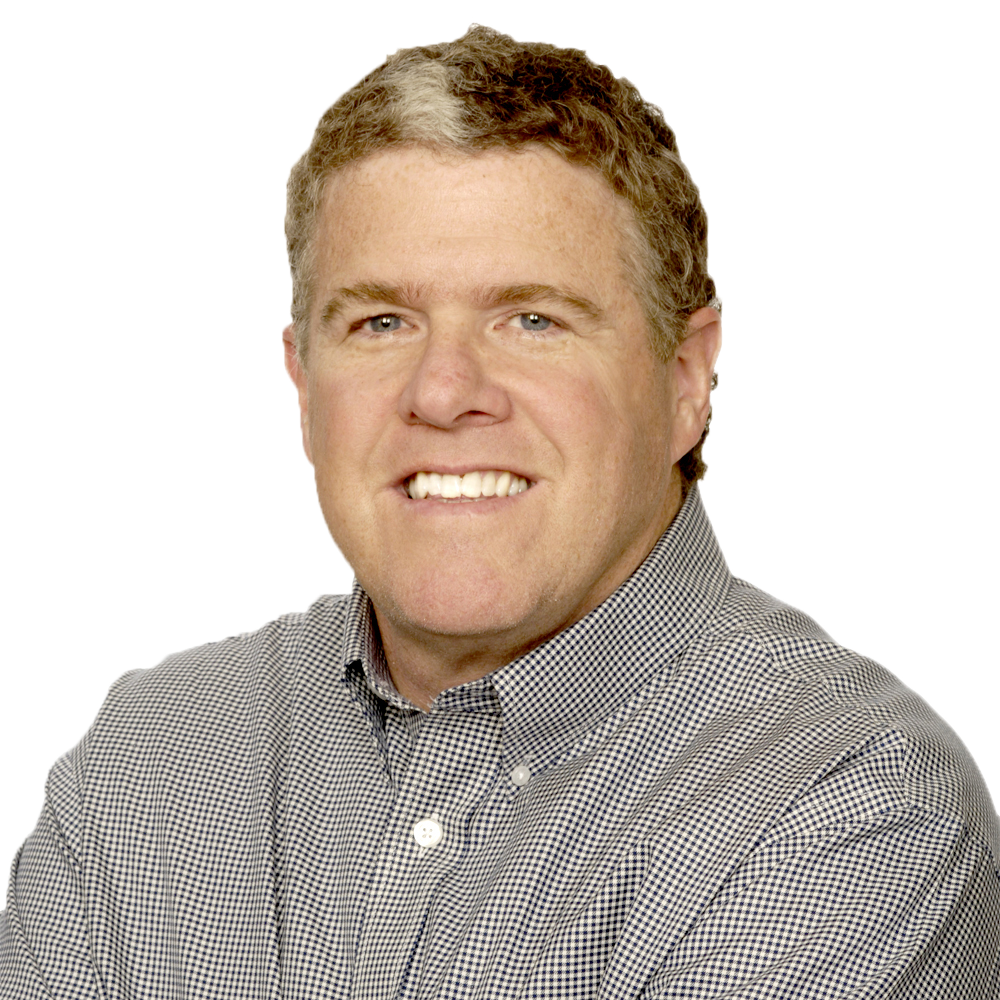 Peter King
Peter King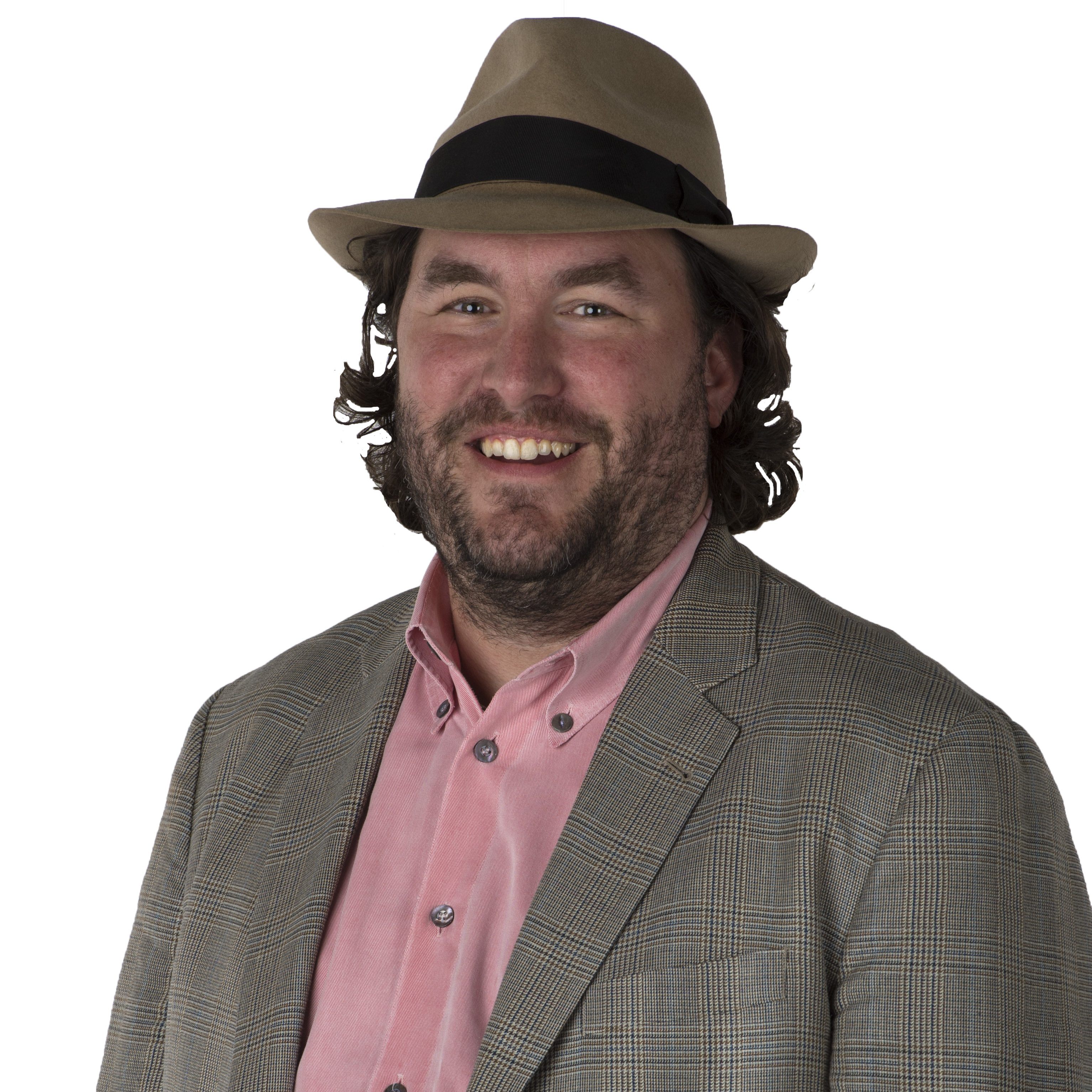 Wright Thompson
Wright Thompson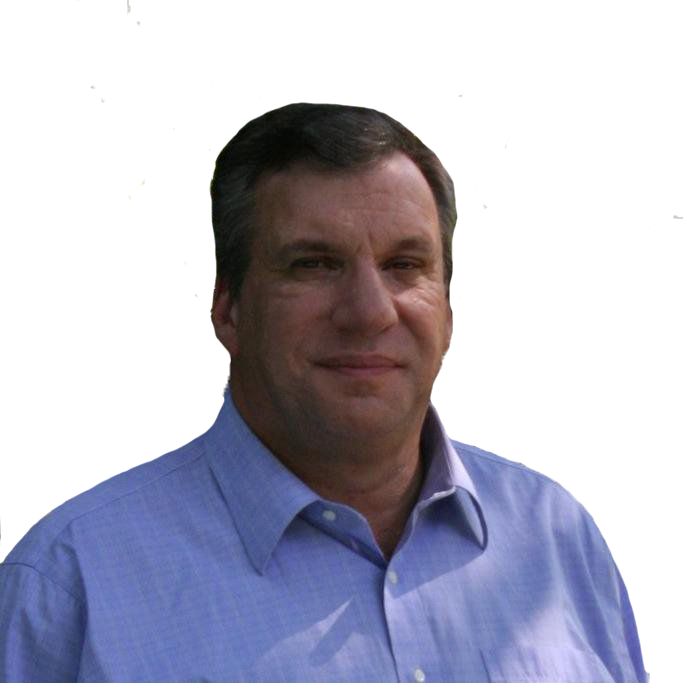 John Feinstein
John Feinstein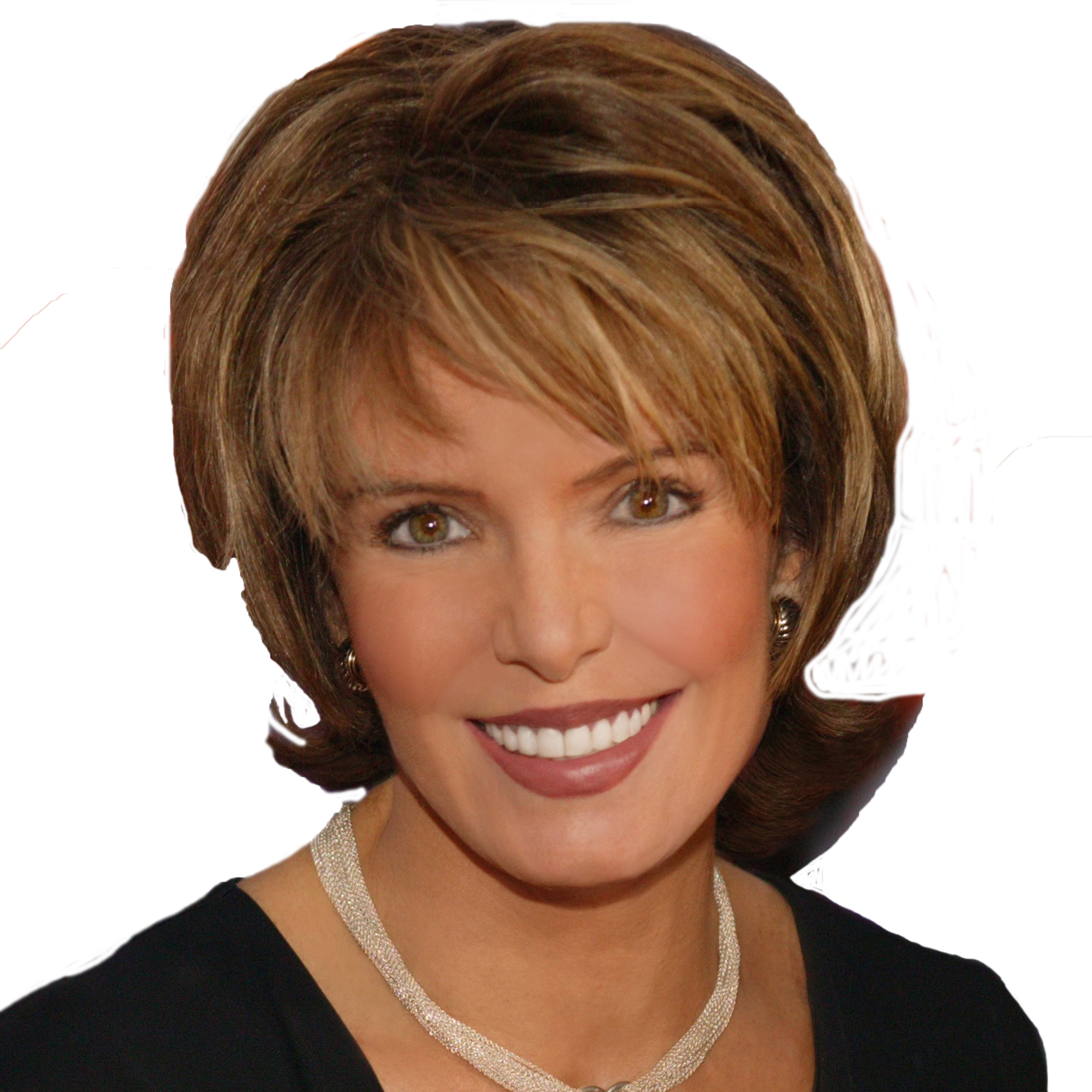 Lesley Visser
Lesley Visser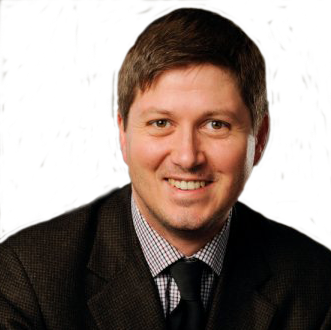 Will Leitch
Will Leitch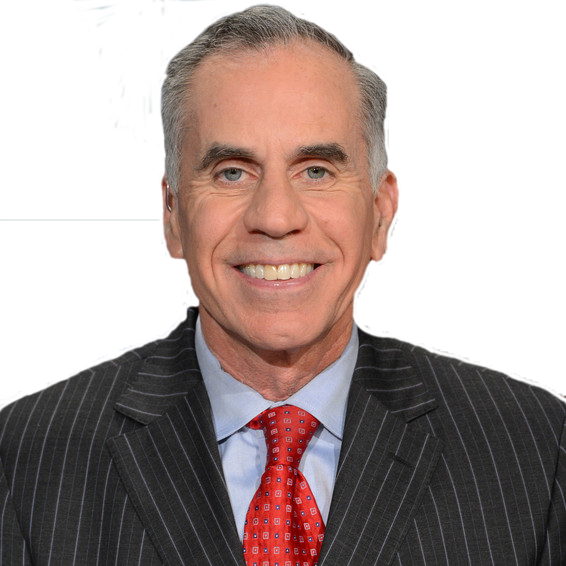 Tim Kurkjian
Tim Kurkjian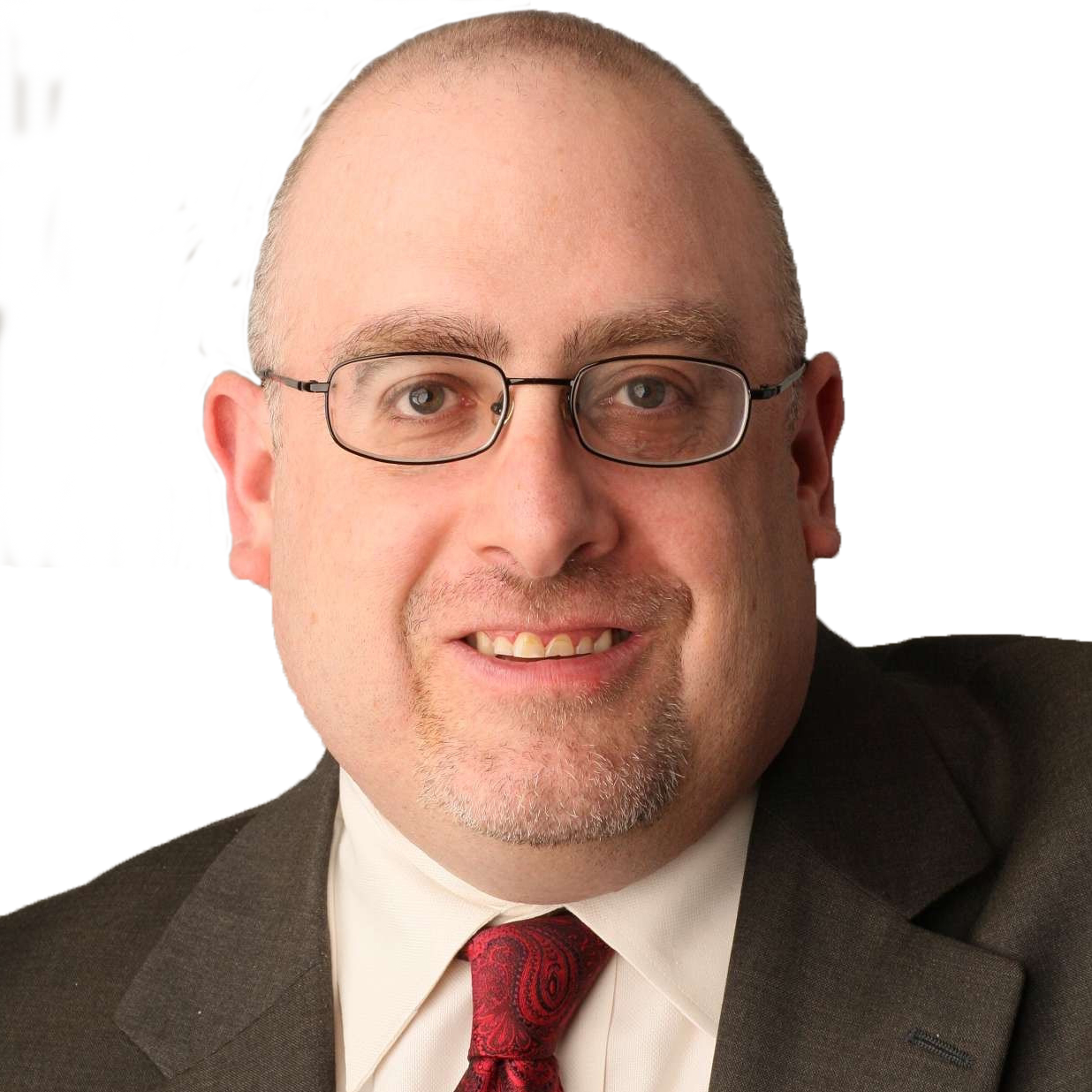 Joe Posnanski
Joe Posnanski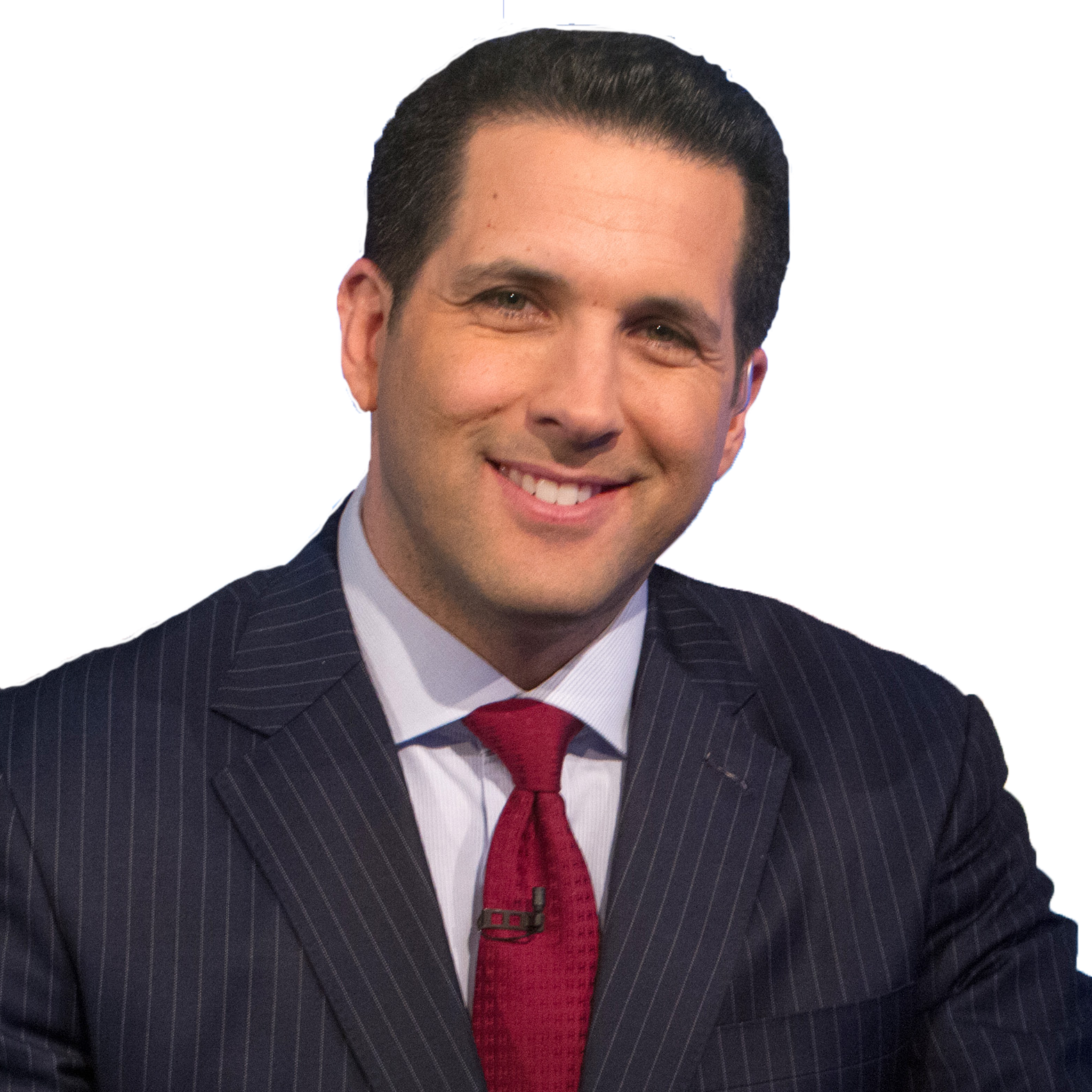 Adam Schefter
Adam Schefter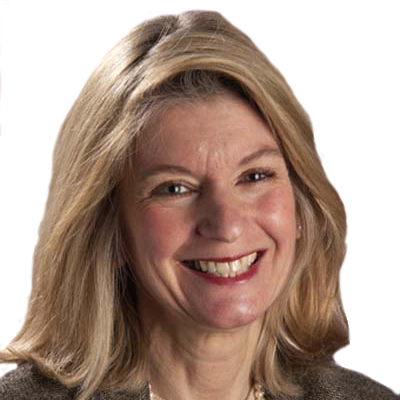 Terry Taylor
Terry Taylor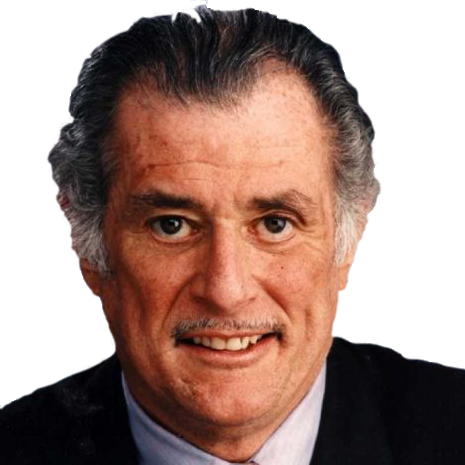 Frank Deford
Frank Deford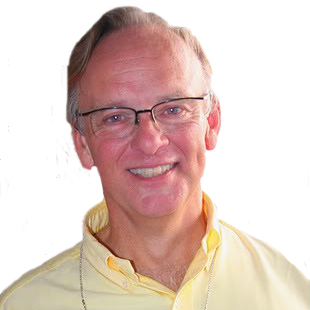 Tom Boswell
Tom Boswell Neil Leifer
Neil Leifer Sam Lacy
Sam Lacy Jane Leavy
Jane Leavy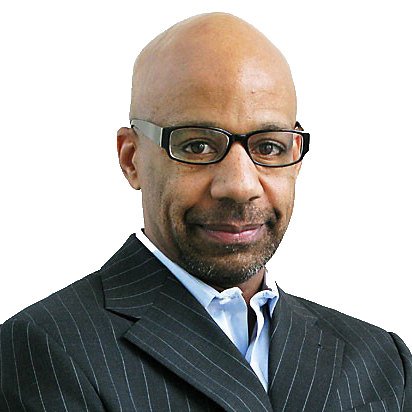 Kevin Blackistone
Kevin Blackistone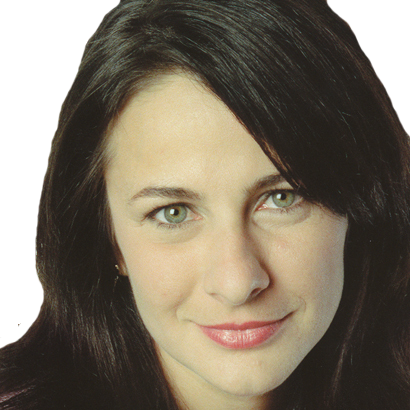 Juliet Macur
Juliet Macur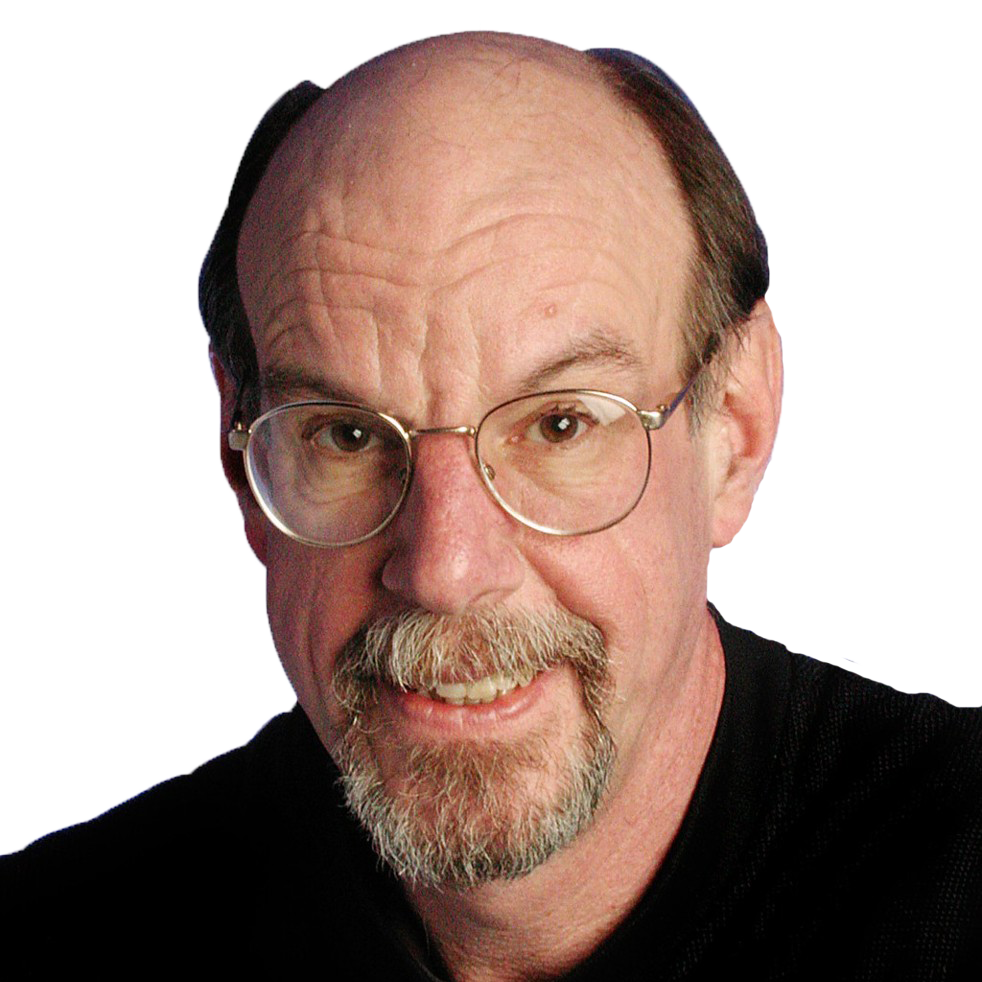 Andrew Beyer
Andrew Beyer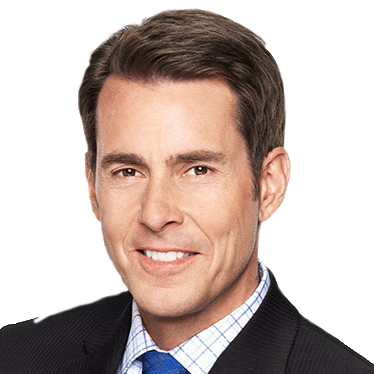 Tom Verducci
Tom Verducci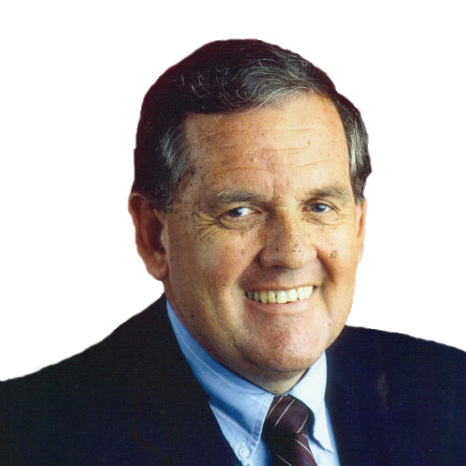 Hubert Mizell
Hubert Mizell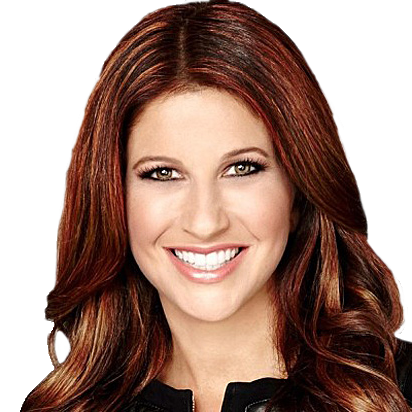 Rachel Nichols
Rachel Nichols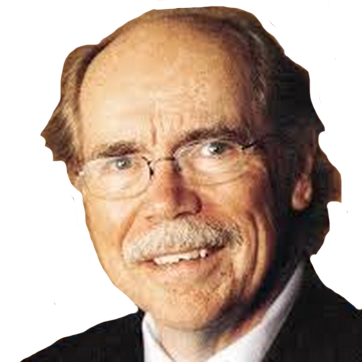 Dave Kindred
Dave Kindred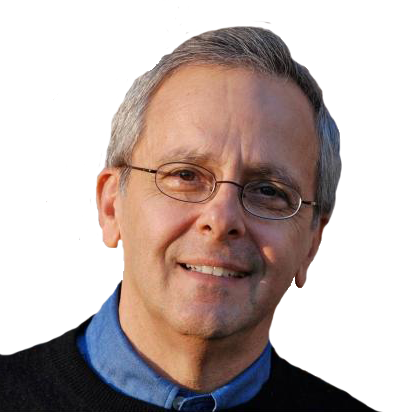 Mike Lupica
Mike Lupica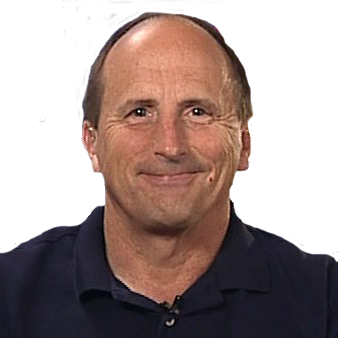 Richard Justice
Richard Justice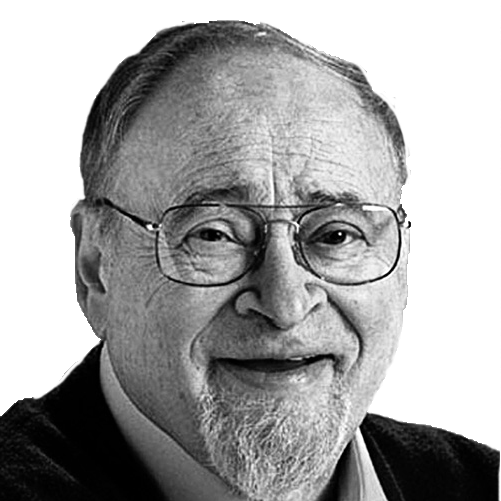 Jerry Izenberg
Jerry Izenberg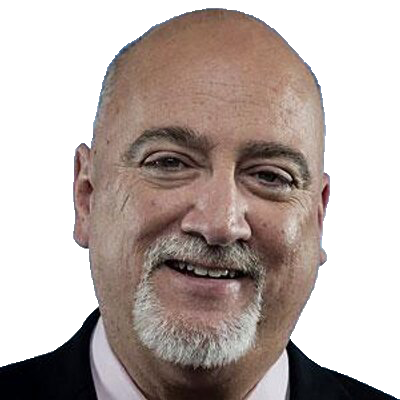 Bill Plaschke
Bill Plaschke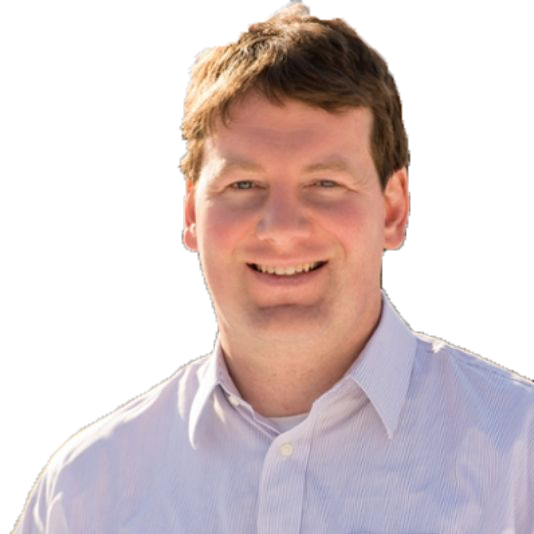 Kevin Van Valkenburg
Kevin Van Valkenburg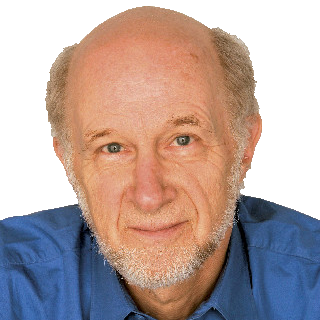 George Vecsey
George Vecsey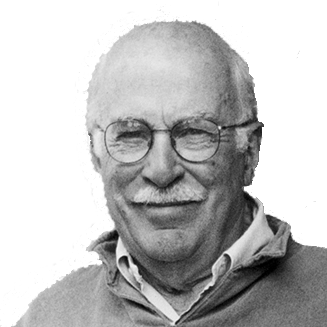 Roger Angell
Roger Angell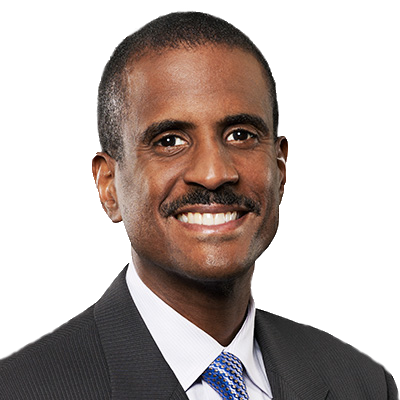 David Aldridge
David Aldridge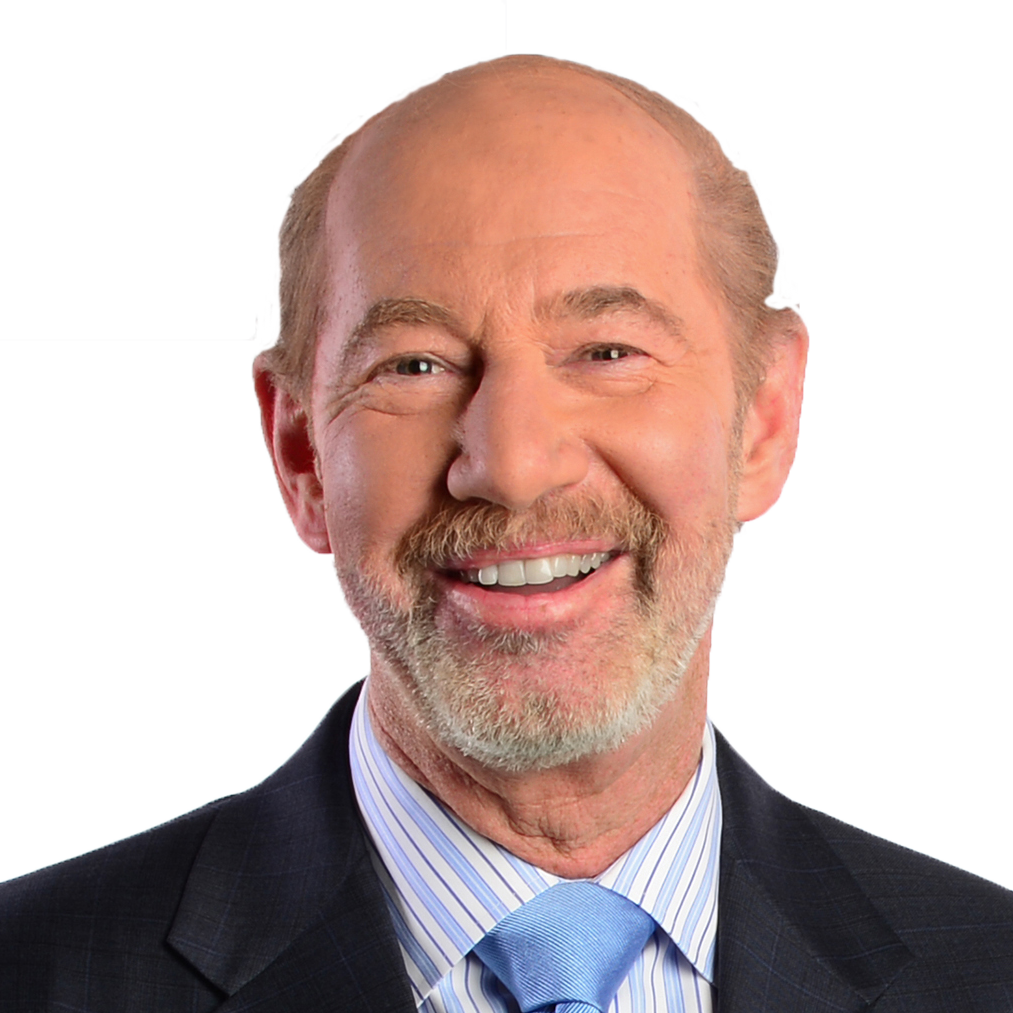 Tony Kornheiser
Tony Kornheiser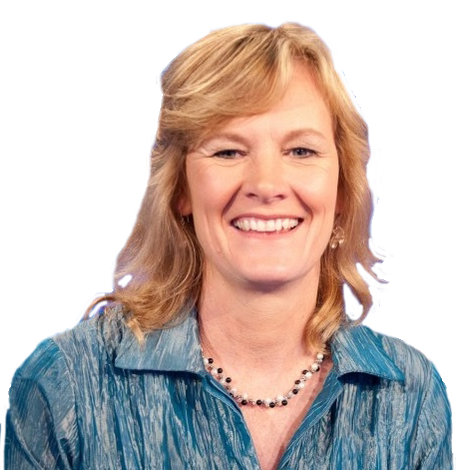 Jackie MacMullan
Jackie MacMullan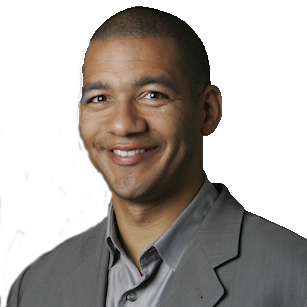 J.A. Adande
J.A. Adande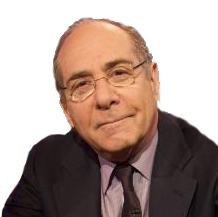 Robert Lipsyte
Robert Lipsyte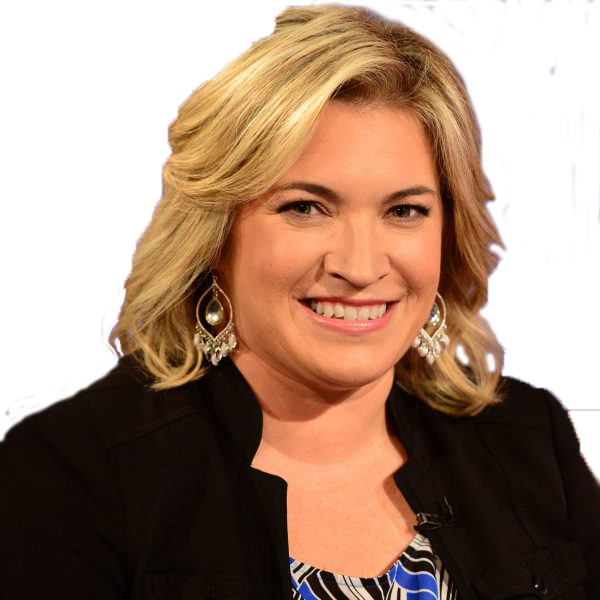 Ramona Shelburne
Ramona Shelburne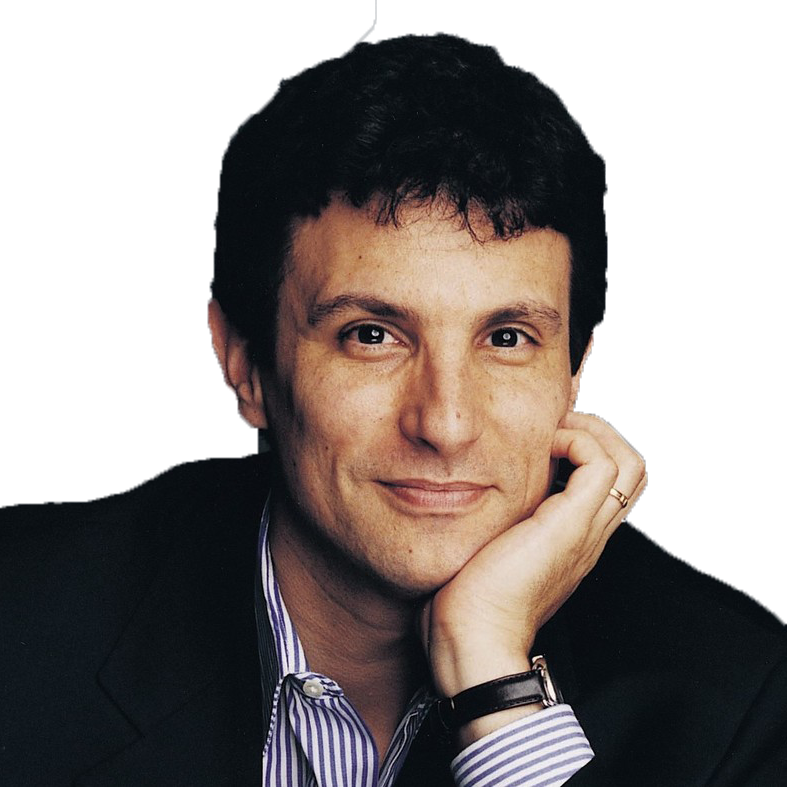 David Remnick
David Remnick Bryan Curtis
Bryan Curtis Chuck Culpepper
Chuck Culpepper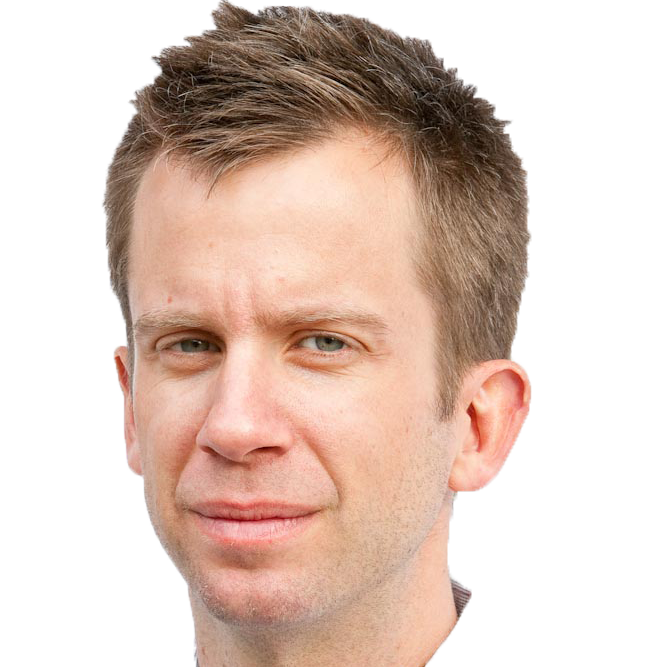 Jason Gay
Jason Gay Heidi Blake
Heidi Blake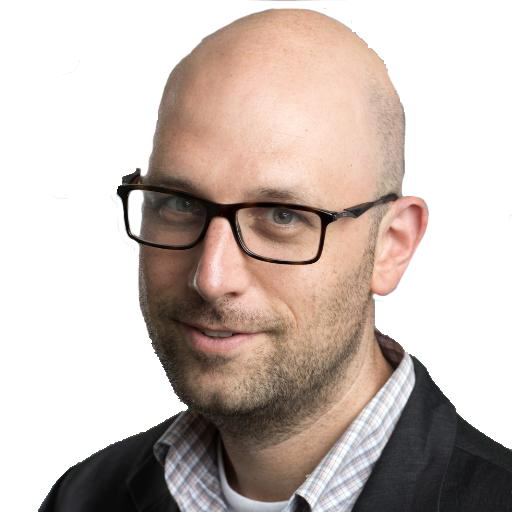 Dan Steinberg
Dan Steinberg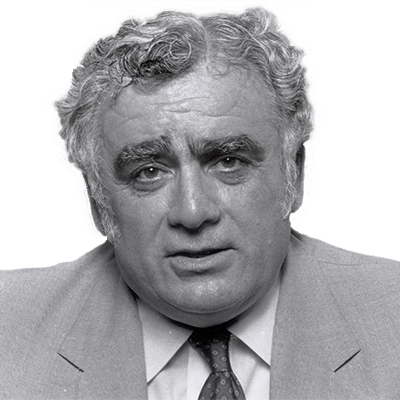 Jerome Holtzman
Jerome Holtzman Barry Svrluga
/ul>
Barry Svrluga
/ul>

